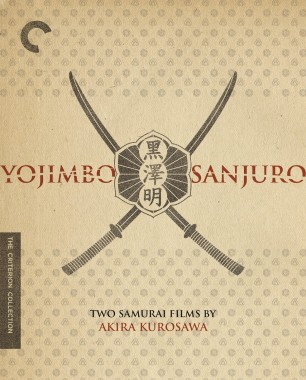The Most Beautiful

This portrait of female volunteer workers at an optics plant during World War II, shot on location at the Nippon Kogaku factory, was created with a patriotic agenda. Yet thanks to Akira Kurosawa’s groundbreaking semidocumentary approach, The Most Beautiful is a revealing look at Japanese women of the era and anticipates the aesthetics of Japanese cinema’s postwar social realism.
Available In

Cast
- Takashi Shimura
- Chief Goro Ishida
- Soji Kiyokawa
- Soichi Yoshikawa
- Ichiro Sugai
- Ken Sanada
- Takako Irie
- Noriko Mizushima
- Sayuri Tanima
- Yuriko Tanimura
- Sachiko Ozaki
- Sachiko Yamazaki
- Asako Suzuki
- Asako Suzumura
- Haruko Toyama
- Masako Koyama
- Yôko Yaguchi
- Tsuru Watanabe
Credits
- Director
- Akira Kurosawa
- Producer
- Jin Usami
- Producer
- Motohiko Ito
- Screenplay
- Akira Kurosawa
- Cinematography
- Joji Obara
- Music
- Seiichi Suzuki














